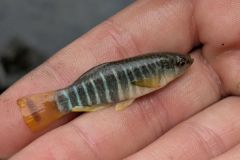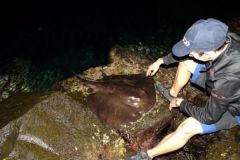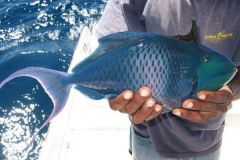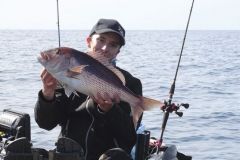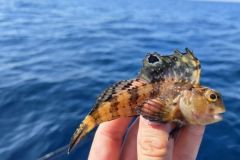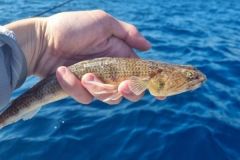Scientific name
Scomber scombrus (Linné, 1758)
Morphology
The mackerel has a fusiform body that allows it to swim at 10 km/hr. Its two dorsal fins are widely spaced. There are around 5 pinnae, hard triangles, at the top and bottom of each side of its tail. Its back is blue-green with dark lines running more or less obliquely and parallel, while its sides and belly are silvery-white.
Fishing spots
This gregarious, pelagic fish lives in sometimes huge, compact schools in open water, often close to the surface, both on and off the coast. It can be found in the North Sea, English Channel, Atlantic and Mediterranean.
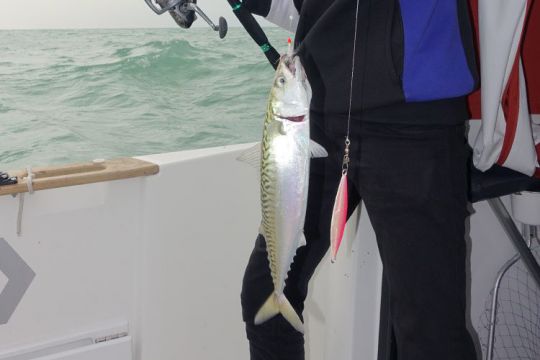
Fishing techniques
Mackerel is frequently caught between 15 and 30 m depth. It is sometimes mixed with horse mackerel. The vast majority are fished with white feathers and reflective devices. However, modern lures cast with a light tackle will delight beginners. Under a mackerel hunt, big predators can be on the lookout for these oily fish, such as liches, barracudas, bonitos, tunas, skinnies and big bass.
Its reproduction
Mackerel spawn from March to July. They are mature from 40 cm in length. After spawning, the eggs float.
Size and weight
The average mackerel measures 25 to 30 cm. Its maximum size is 50 cm for 1.5 kg. The French record is 600 g (Boulogne-sur-Mer, 16/10/2011)
Good to know
Mackerel are present on the coast from spring to late October, sometimes forming huge hunts with birds swooping to the surface. They sometimes approach to within fifteen meters of the shore, particularly from September onwards.

 /
/ 



